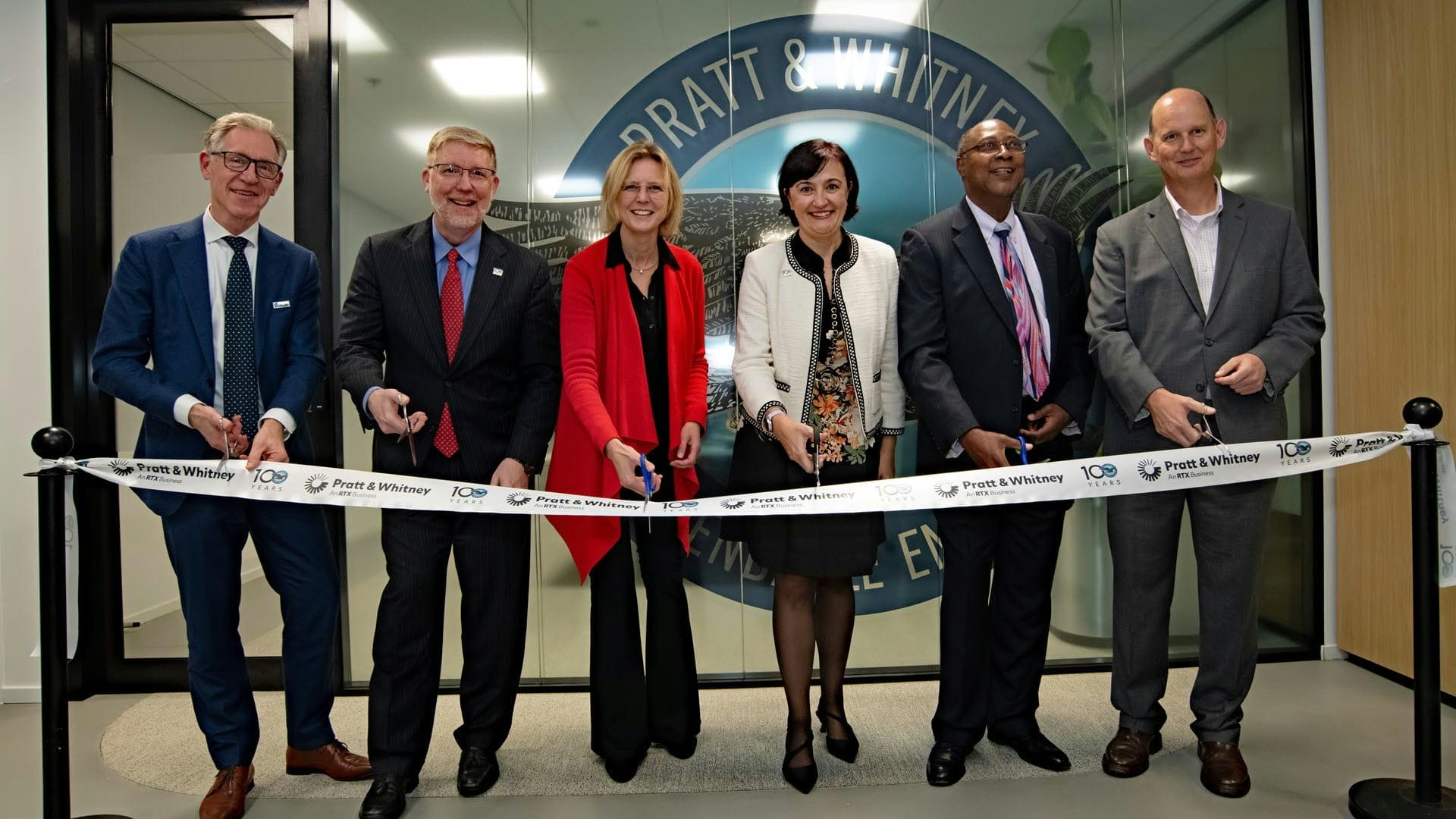
AeroGenie — ваш интеллектуальный второй пилот.
В тренде
Categories
GE Aerospace and China Airlines Forge Strategic Partnership in Asia-Pacific Aviation
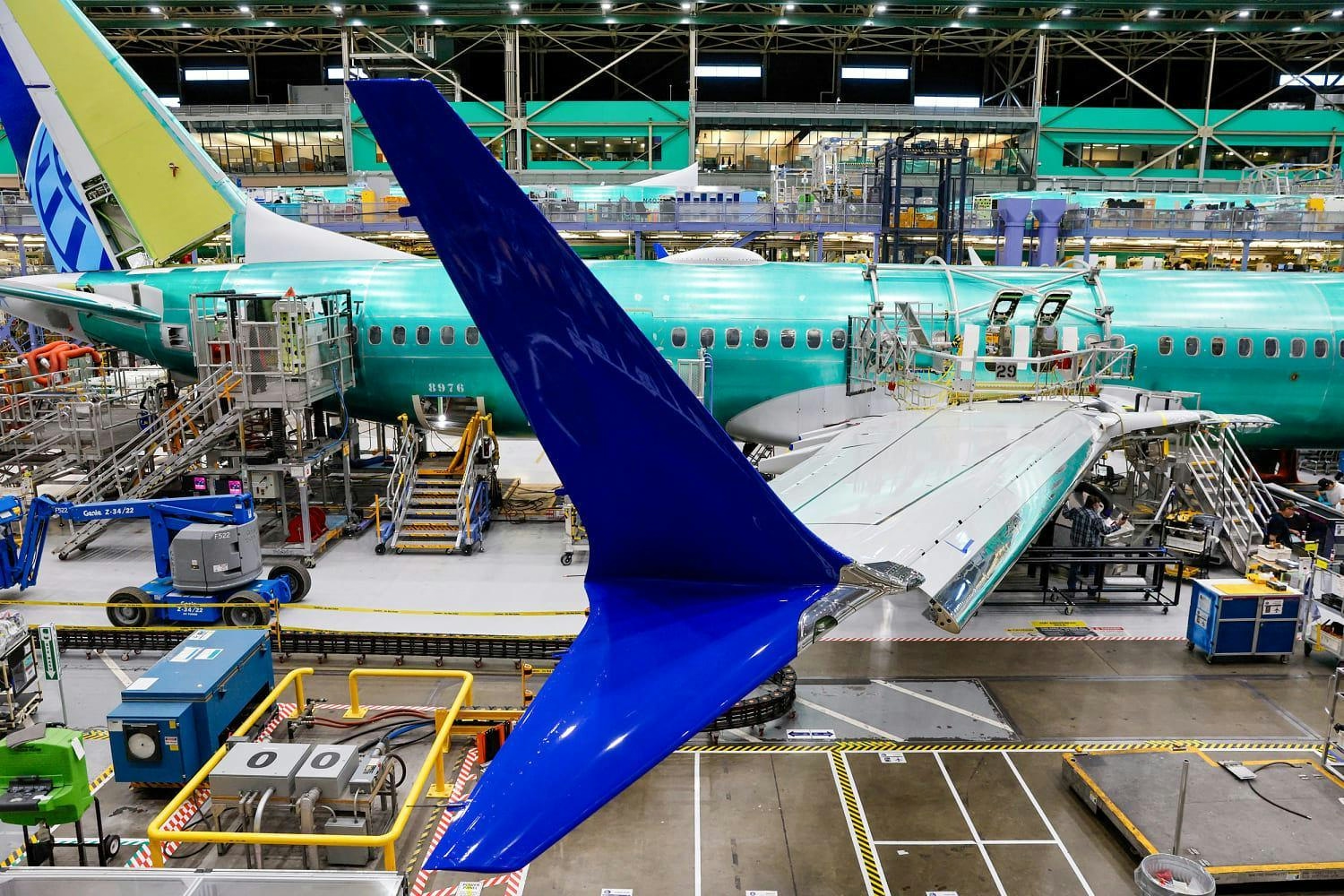
GE Aerospace and China Airlines Forge Strategic Partnership in Asia-Pacific Aviation
GE Aerospace has announced a multi-year service agreement with China Airlines for the maintenance, repair, and overhaul (MRO) of GE9X engines, marking a significant development in the Asia-Pacific aviation sector. This collaboration not only reinforces GE’s presence in the region but also aligns both companies with global efforts to enhance sustainability and reduce carbon emissions in the aviation industry.
Strategic Importance of the Partnership
The agreement focuses on servicing the GE9X engines that power China Airlines’ fleet of 14 new Boeing 777X aircraft, a key component of the airline’s regional expansion strategy. The GE9X engine, recognized as the most powerful commercial engine globally, offers a 10% improvement in fuel efficiency compared to its predecessor and is fully compatible with Sustainable Aviation Fuel (SAF). This combination of enhanced performance and environmental compliance is particularly significant in the Asia-Pacific market, where airlines are increasingly challenged by rising fuel costs and stringent emissions regulations.
Market Position and Competitive Dynamics
This partnership extends a longstanding relationship between GE and China Airlines that dates back to 1999, securing collaboration well into the 2030s and providing GE’s Commercial Engines and Services division with predictable revenue streams. GE benefits from established regional MRO infrastructure in Malaysia and Xiamen, China, enabling efficient and cost-effective servicing for carriers across the Asia-Pacific. The exclusive use of GE9X engines on the Boeing 777X creates a competitive advantage, effectively locking in market share as airlines expand their fleets. With over 1,500 GE9X engines on order worldwide, the agreement signals sustained demand and long-term financial stability.
Nevertheless, the partnership faces challenges stemming from ongoing U.S.-China trade tensions and the complexities of international licensing agreements, which could affect operational execution. Additionally, China’s state-backed aircraft manufacturer COMAC is emerging as a formidable competitor, aiming to challenge the dominance of Airbus and Boeing in the global market. In response, these major manufacturers may intensify efforts to strengthen their own regional partnerships and product offerings. The deal is also likely to attract scrutiny regarding its geopolitical implications and its influence on the evolving dynamics of the Asia-Pacific aviation industry.
Environmental, Social, and Governance (ESG) Alignment
The aviation sector is under increasing pressure to reduce its environmental impact, and GE’s technology directly addresses these concerns. The GE9X engine’s compatibility with SAF and its 16% reduction in nitrogen oxide (NOx) emissions support China Airlines’ ambitious target to halve carbon intensity by 2030. This alignment with ESG priorities enhances the appeal of both companies to investors focused on sustainability. Furthermore, regulatory measures such as the European Union’s Carbon Border Adjustment Mechanism and emerging SAF mandates in the Asia-Pacific region are expected to further stimulate demand for GE’s advanced engine technology.
Financial Implications
Although the financial details of the agreement remain confidential, it follows a standard MRO contract model involving fixed fees per engine supplemented by variable costs for unforeseen repairs. For GE, this structure ensures recurring revenue with limited capital expenditure and incentivizes operational efficiency. For China Airlines, the improved fuel efficiency of the GE9X engines promises substantial annual savings and more predictable maintenance expenses, which are critical advantages amid fluctuating oil prices.
The partnership between GE Aerospace and China Airlines thus represents a strategic convergence of technological innovation, sustainability objectives, and market expansion ambitions, all while navigating a complex competitive and geopolitical environment in the Asia-Pacific aviation sector.
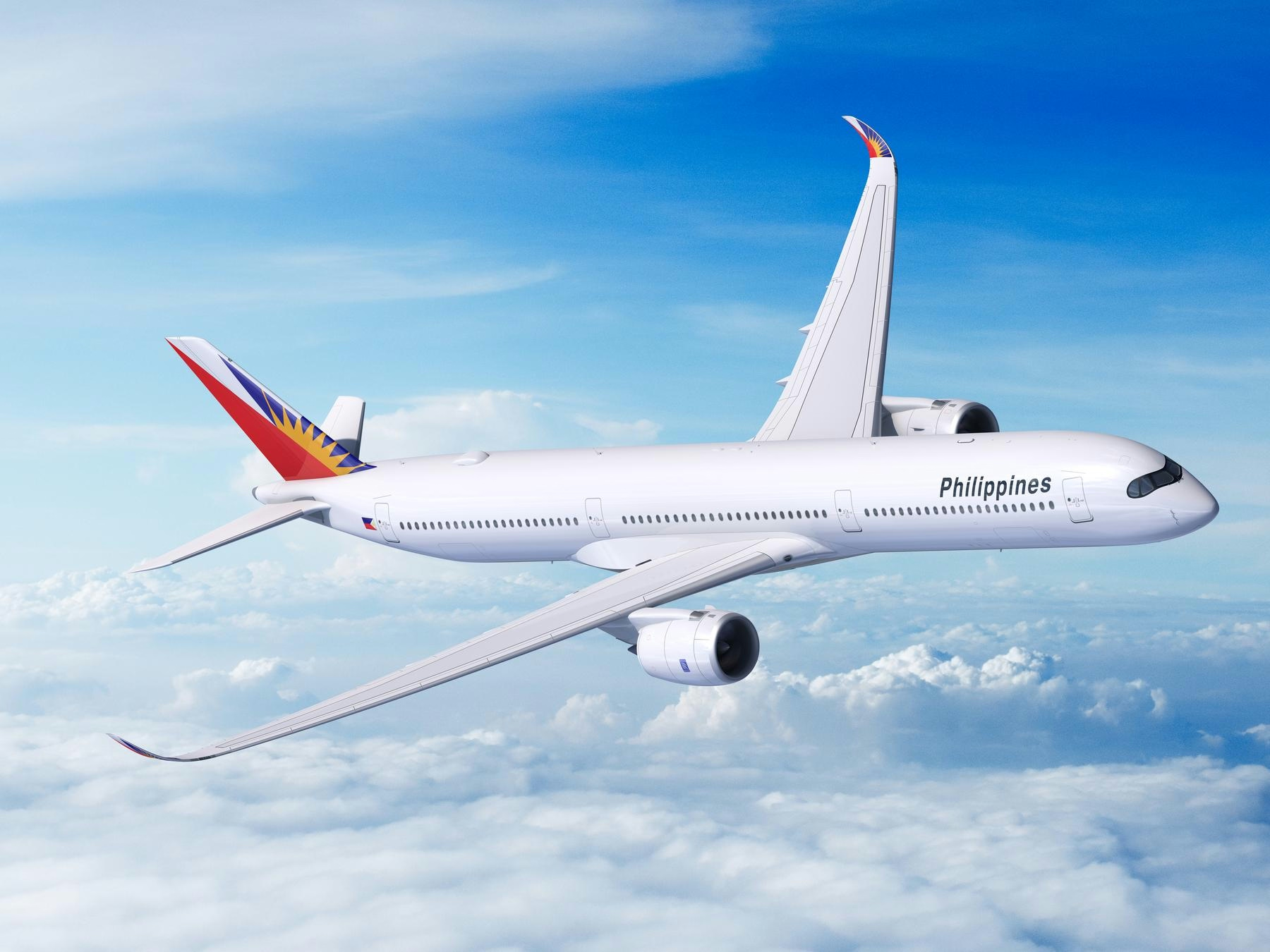
BOC Aviation to Lease Two Airbus A350-1000s to Philippine Airlines

How Many Boeing 777X Prototypes Were Built?
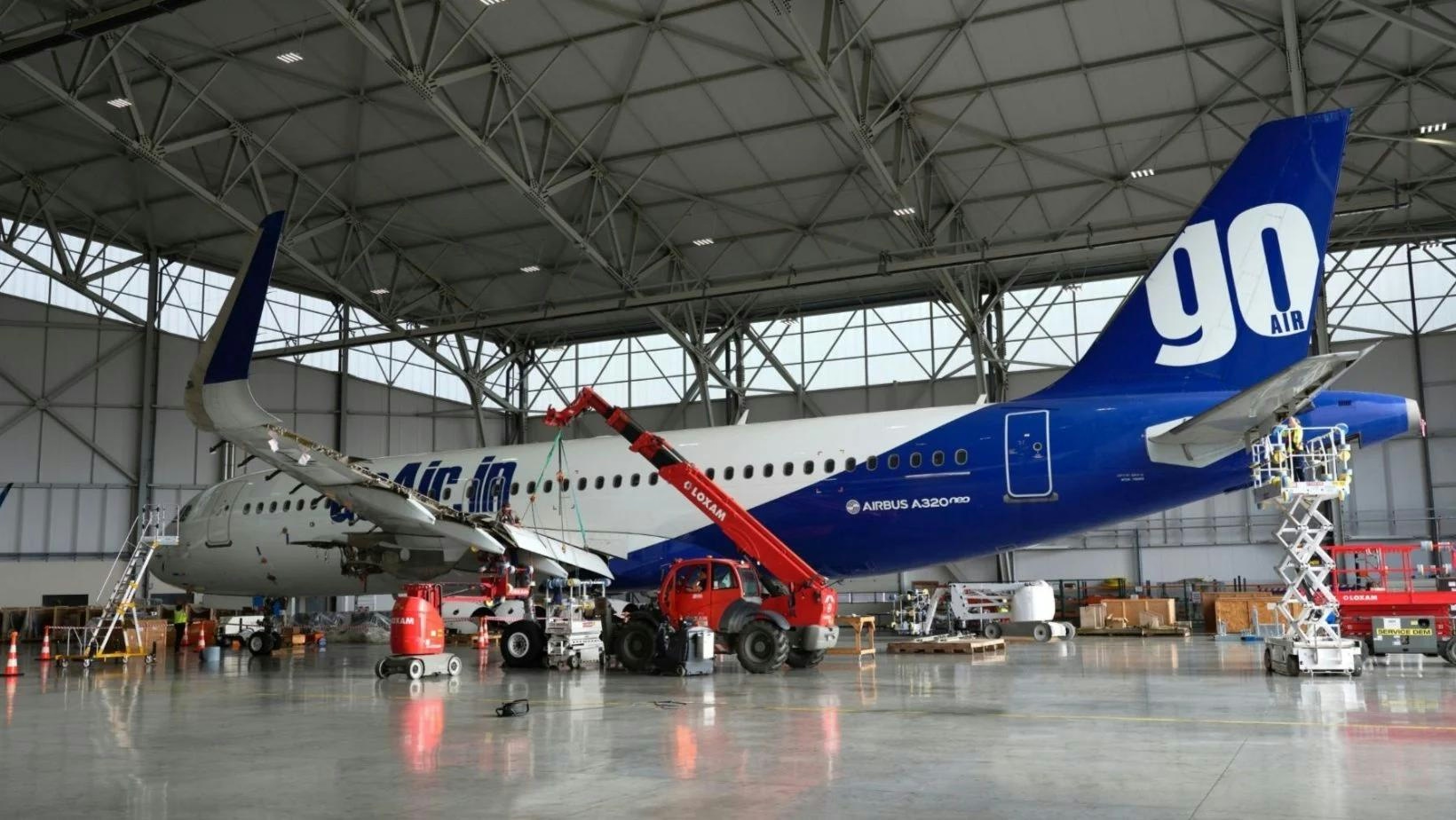
AerFin Announces Availability of A320neo Inventory

Petrobras Delivers First Sustainable Aviation Fuel Produced in Brazil
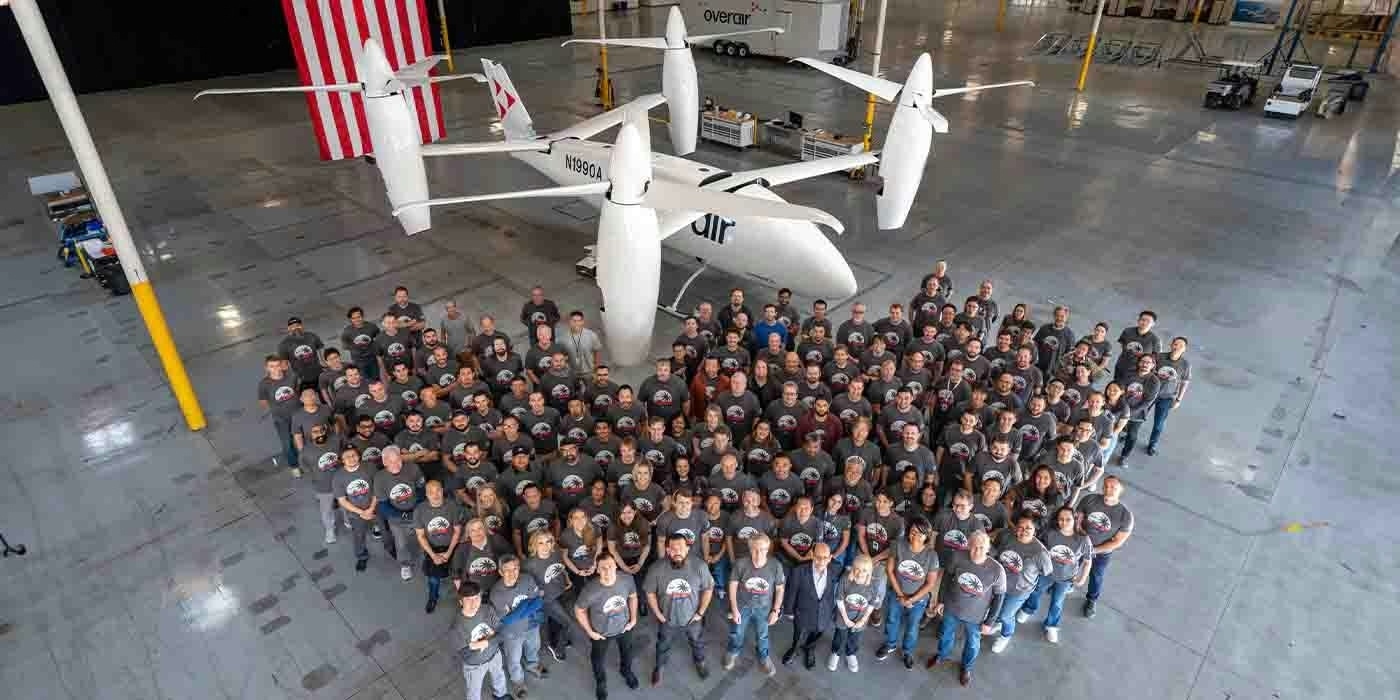
Unique mixed-propulsion eVTOL completes transition flight testing
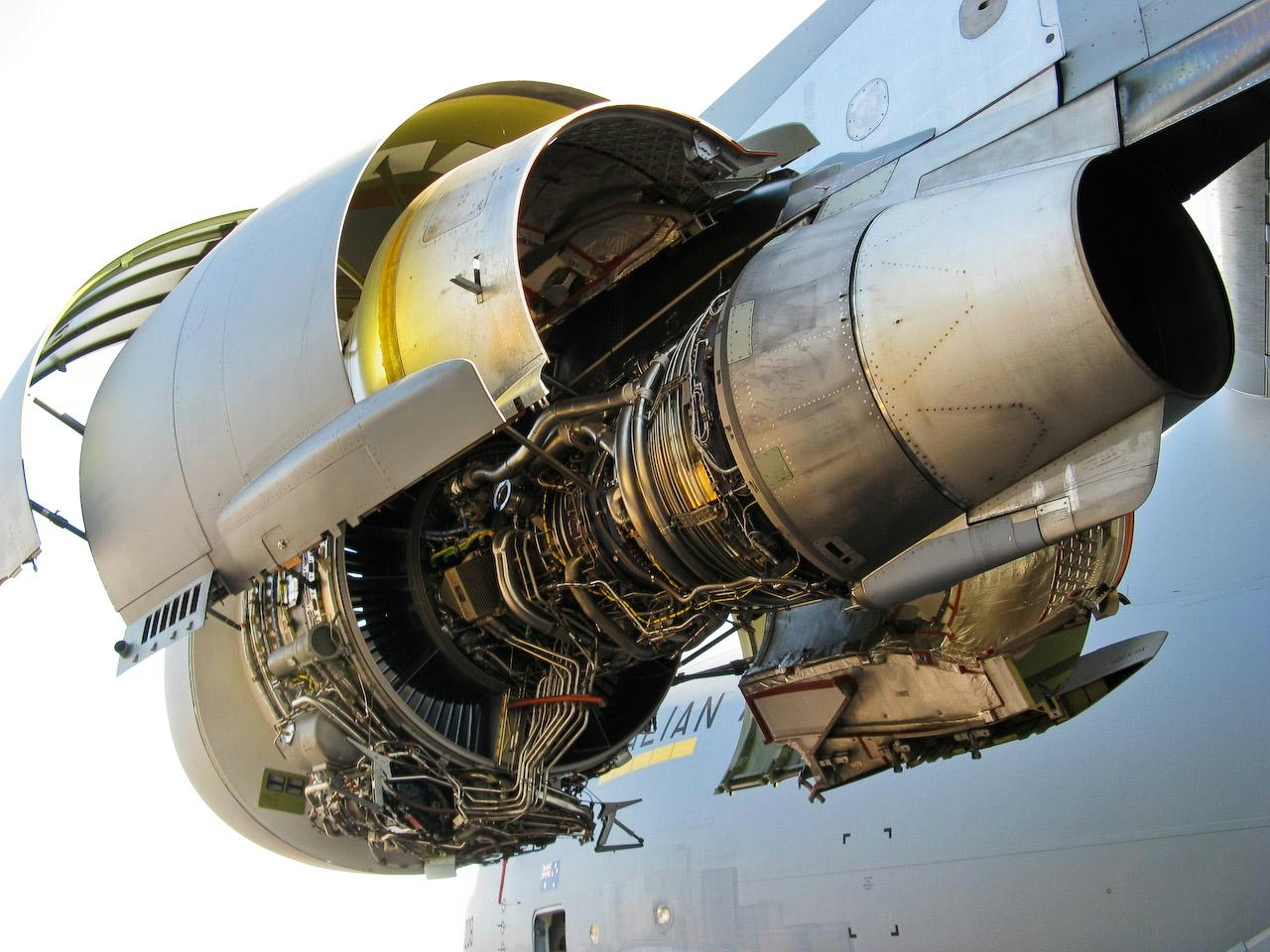
Are C-17 Globemaster Engines Derived from Boeing 757?

Why the Airbus A350’s Cabin Is Quieter Than Other Aircraft
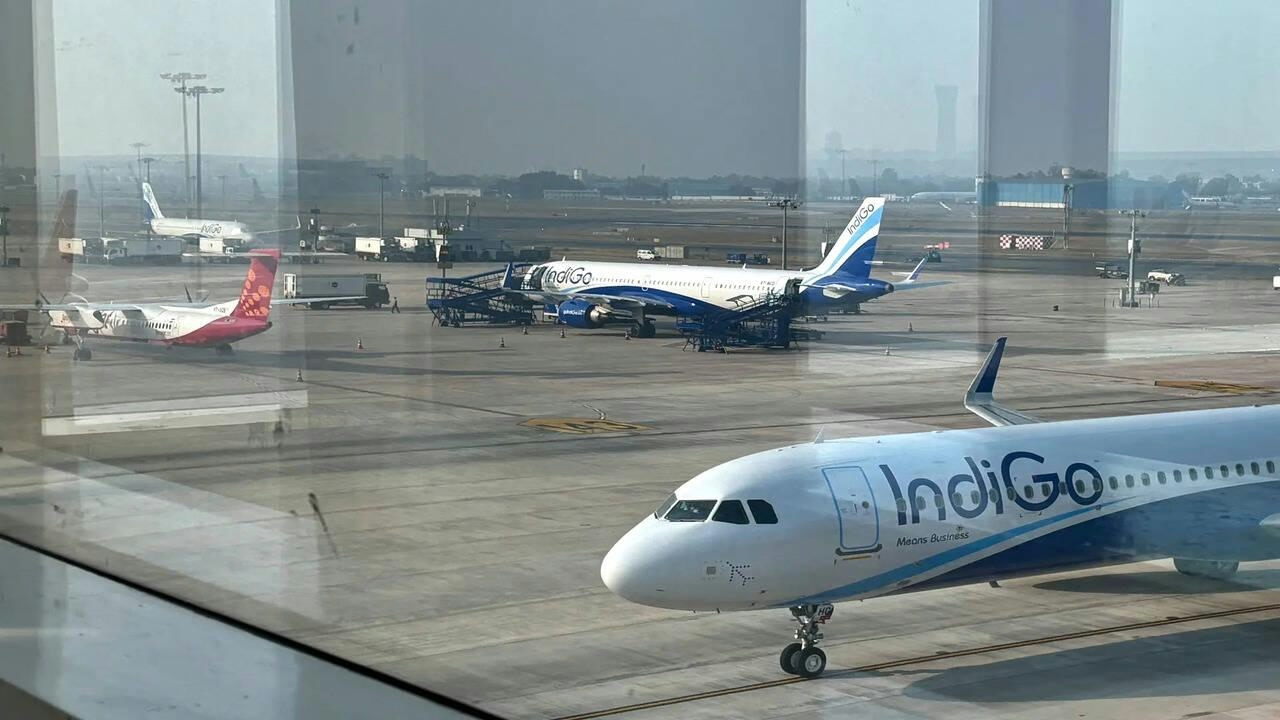
AI and AI Express Plan to Increase Capacity Amid IndiGo Flight Disruptions
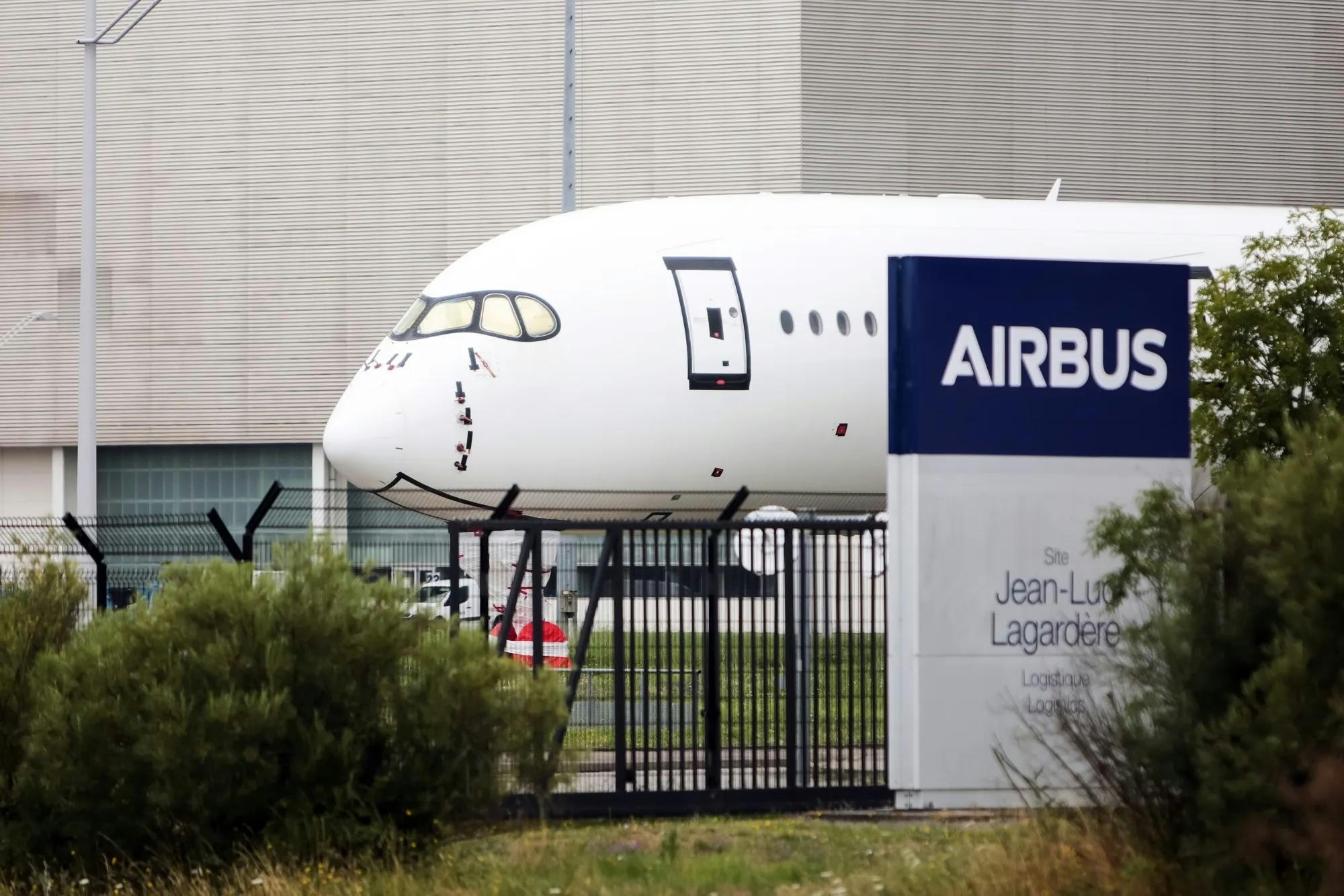
Kazakhstan and France Agree on Airbus Aircraft Deliveries
